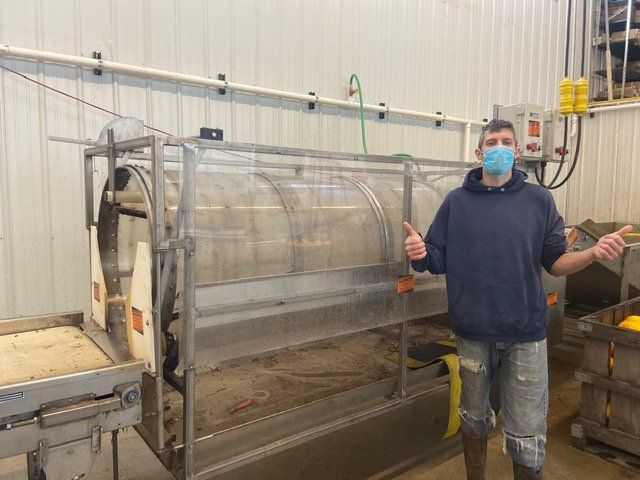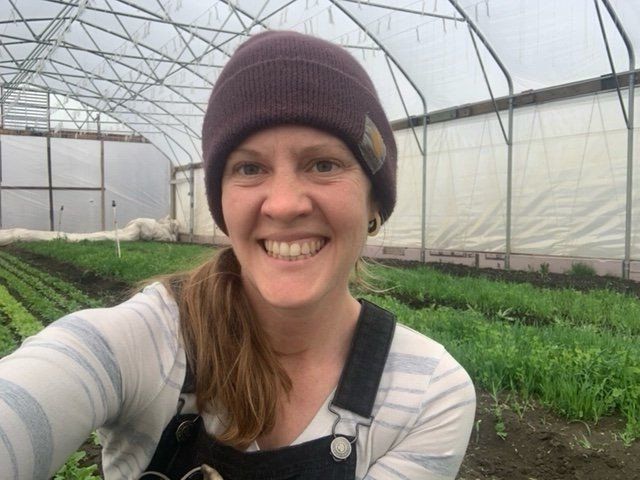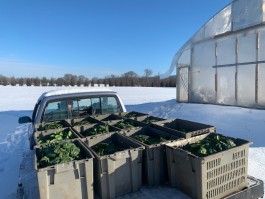Hello CSA Members!
I have been savoring the increase in daylight with each passing day this time of year (hopefully you as well, even though we are getting some of our coldest temps!). With each day we gain about 2-3minutes of daylight. The most important date for winter vegetable farmers in Southeast Minnesota this time of year is February 5th, which is the return of the 10-hour day and signals the end of the “Persephone period”.
In Greek Mythology, Persephone, who is known as the goddess of spring growth, is the daughter of Zeus and Demeter. The story goes that one day, as Persephone was picking flowers in a meadow, she was abducted by Hades and brought to the underworld to be his bride. When Demeter, goddess of agriculture, learned of her abduction, she searched night and day for her, being exhausted from the search, all the agricultural crops withered and died.

Persephone, goddess of spring growth.
Eventually, Zeus got Hades to release Persephone back, but before she left, Hades tricked her into eating pomegranate seeds. Pomegranate seeds were known as the food of the dead. So, Hades had a claim to keep Persephone. It was decreed that Persephone would return to the underworld for four months each year. While Persephone is in the underworld, Demeter mourns and the world turns to winter.
The relevance to vegetable farming is that if daylight hours are under 10, plants are in a “suspended animation” where growth pretty much stops. If you want to harvest vegetables during this time, you must get them to about 75% maturity before the Persephone period starts. Our winter spinach has been growing very slowly during this time, but come Feb. 5th, growth should really start up again!
While winter does provide many opportunities for more rest than during the main growing season, there are still lots of tasks to be done. Much of the supplies for the upcoming growing season are purchased during this time, along with planning our crops for next season.
Our crop planning first starts with going through our notes from last season and having a discussion of what worked and what didn’t. Then, taking into account that information, setting goals for the upcoming year. Where certain crops get placed in fields is largely predetermined by our extended rotation. We try not to plant the same crop family into the same field for a number of years.
We use a farm management software program call AgSquared to help us keep track of plantings, area, locations, seeding dates, expected yield and much more! There are crop records in there from all the way back to 2015.

Carrot page on AgSquared, showing different plantings, sowing date, and location.
I will use this information to put together a detailed schedule week by week with what seedings are coming up and the field location. This will help me think through prepping fields weeks in advance to make sure they are ready for seeds or transplants!
All of this work is starting to get me excited for the upcoming spring/summer season! I can see the light at the end of the dark winter! In about a month, starting on March 4th, we begin our greenhouse seeding for the season ahead. It won't be long now!
Take Care,
Connor Dunn
Crop Manager




